Similar to humans, cats can throw up for several different reasons. While some causes of feline vomiting are relatively normal and shouldn’t raise owner’s concerns, other causes can indicate much more serious health issues. Seeing how even the healthiest cats are prone to vomiting every once in a while, let’s detail which indicators to look out for so you know when it’s necessary to take your feline friend into the veterinarian.
Types of Feline Vomiting
Some felines vomit only a few times a year, and others vomit a few times a month. While it’s highly common for all cats to vomit, there’s always a reason as to why they’re experiencing this digestive issue. Depending on what caused your furry friend to throw up, veterinarians categorize feline vomiting into three categories, being OFV (Occasional Feline Vomiting), AFV (Acute Feline Vomiting), and CFV (Chronic Feline Vomiting). OFV generally indicates that your feline is healthy, while AFV defines cats that heavily vomit infrequently and suddenly, and CFV focuses on felines who vomit on a regular basis.
The key to correcting this issue lies in identifying why your cat has vomited. Let’s explore the most common conditions that can cause a feline to vomit:
- Eating too Fast: If your cat is throwing up undigested food after eating a meal, this benign reason may explain why. Eager felines will sometimes gulp their food down quickly, which also causes them to inadvertently swallow air in the process. This leads to vomitting due to their stomachs being unable to accommodate all the food.
- Hairballs: Even though hairballs are common and don’t generally indicate a cause for concern, they can occasionally be dangerous. Hairballs sometimes grow to a size that the cats can’t throw up, which can lead to an immediate surgery to dislodge the bowel obstruction.
- Foreign Obstructions: If your cat eats foreign materials, such as objects that aren’t digestible food, this may cause a serious blockage that leads to a damaged gastrointestinal tract. While not always, this can sometimes require immediate veterinary attention.
- Intestinal Parasites: If your cat is rapidly losing weight, it may be due to them harboring a parasite in their gut. Hookworms, Roundworms, harmful bacteria, and viruses are all commonly seen in felines. If your cat is rapidly losing weight or not eating regularly, take them to their veterinarian at once.
- Stress or New Food: Whether a cat is physically or mentally adapting to a new house or diet regime, your feline’s emotions can undoubtedly affect their eating habits. Cats love to maintain a routine, so make sure to slowly adapt your cat to their new diet or living situation.
- Serious Diseases: Unfortunately, some cats are prone to an assortment of digestive diseases such as kidney disease, pancreatitis, hyperthyroidism, or a host of other serious problems. If your cat’s behavior changes, or if they’re chronically vomiting, make sure to take them to their veterinarian immediately so that a proper diagnosis can be made.
Feline Vomit Color Indicators
Given the range of issues that a cat’s vomit can indicate, here’s a list of colors to look out for to better help determine your feline’s treatment:
- Translucent, Clear, or Yellow: This is normal and generally not a cause for concern. However, this could be a sign of dehydration so make sure to fill your cat’s water bowl.
- White: This could indicate signs of milk build-up or just an upset stomach. Give them small amounts of milk or water to see if their symptoms subside.
- Red, Brown, or Black: This could be a sign of blood in your cat’s vomit. Take your cat to the veterinarian immediately.
- Orange or Green: This could indicate a signs of bile build-up, liver disease, or pancreatitis. Take your cat to the veterinarian immediately.
How to Help a Vomiting Cat
In some cases, the best way to improve the health of your feline is by just bringing them into the veterinarian for a professional diagnosis. However, if your cat is seemingly healthy and vomiting clear liquid, try some of these techniques:
- Feed them smaller portions in more frequent increments.
- Slowly change their diet over the course of many meals.
- Brush your cat frequently to prevent hairballs.
- Keep potentially hazardous materials away from your cat.
- Don’t allow your cat to swallow non-food items.
If your feline is experiencing occasional or acute feline vomiting, the problem may lie within their gut health. Proactively supporting your cat’s digestive system can help maintain gut integrity and keep the GI Tract in balance. The billions of pre and probiotics found in Dr. Bill’s Feline Digestive Support can assist their gut in fighting off potential disease-causing organisms, which allows your cat to live healthier and delay the onset of those age related-diseases that come with senior life.
Dr. Bill’s Feline Digestive Support is a delicious, highly potent supplement powder that provides a concentrated level of 9 essential nutrients for the support and maintenance of a healthy digestive system. It contains a complex system of pre and probiotics, a unique enzyme blend, and powerful ingredients known for absorbing and removing harmful intestinal toxins.
-
Canine Digestive Support$31.99 — or subscribe and save 10%
-
Feline Digestive Support$19.99 — or subscribe and save 10%
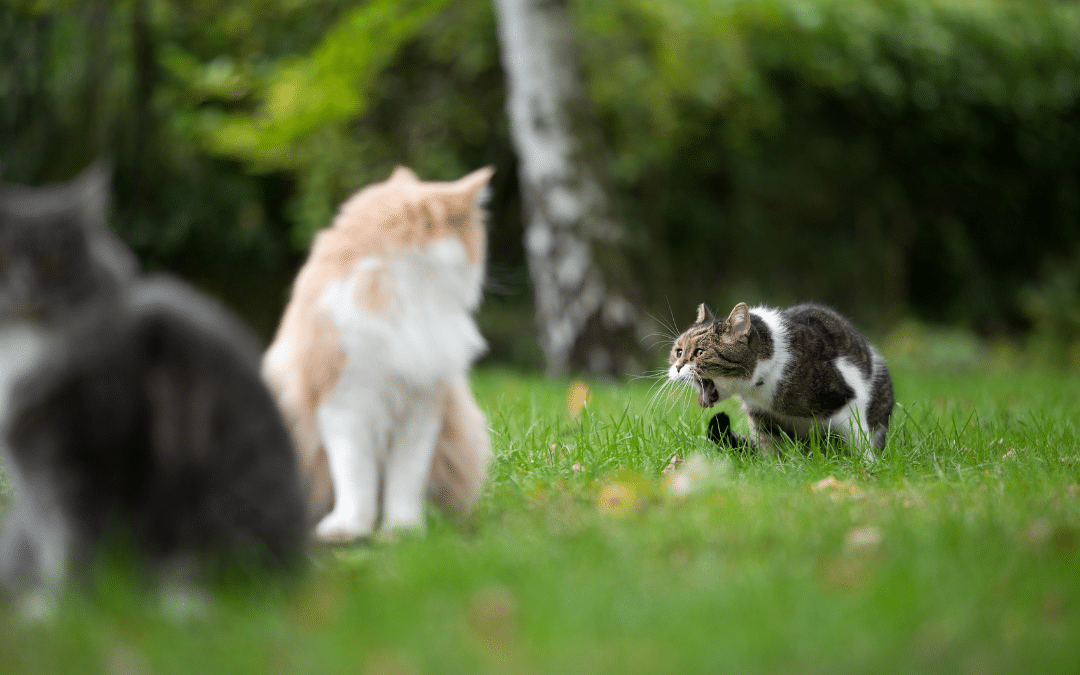

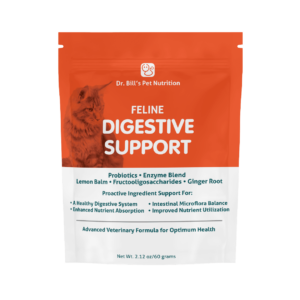
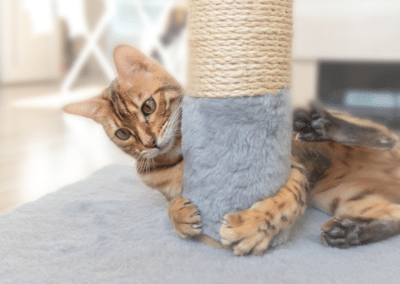

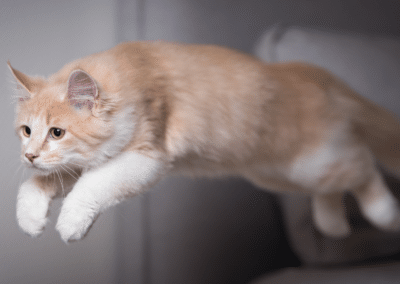


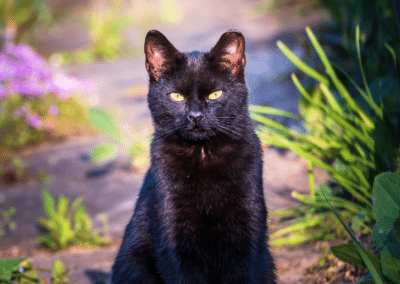
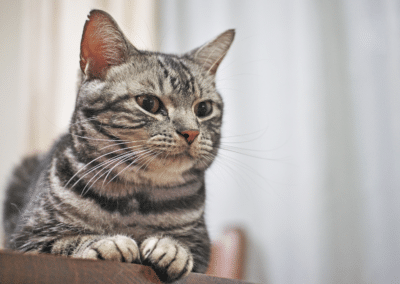
0 Comments